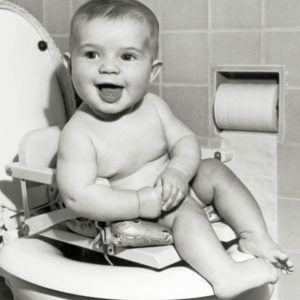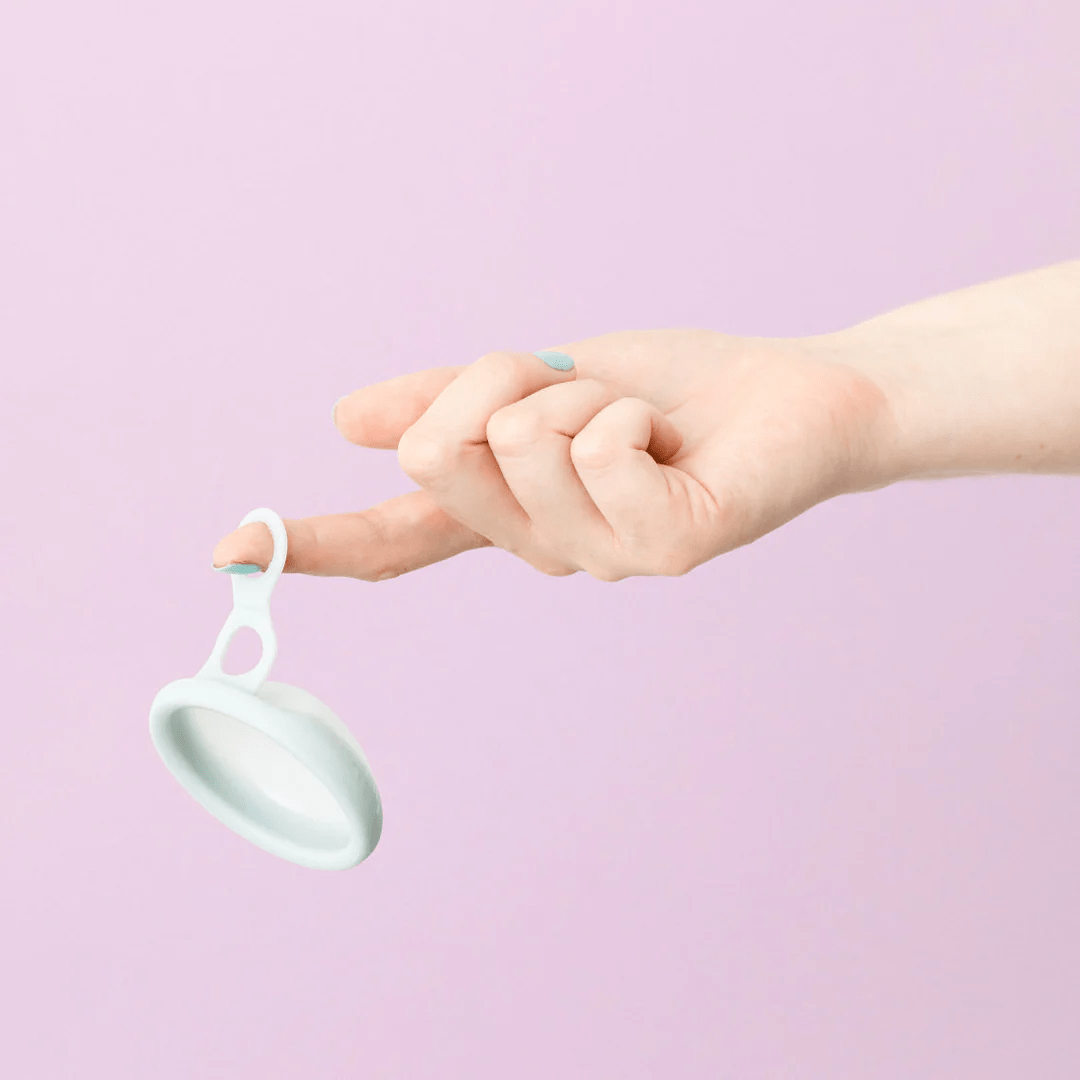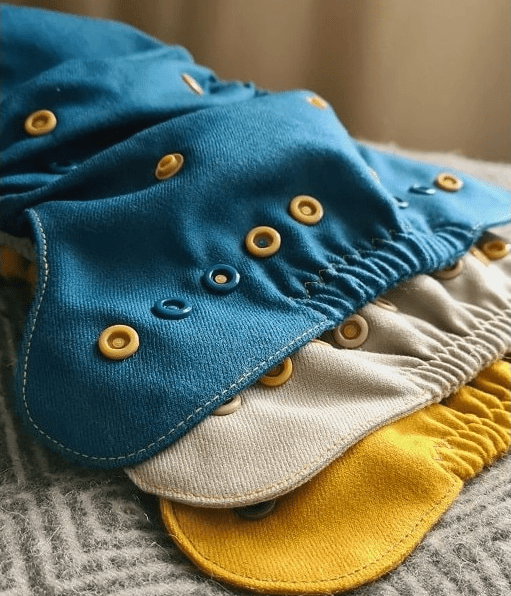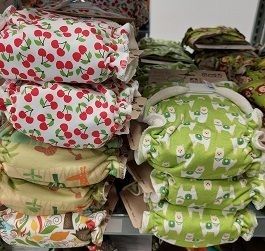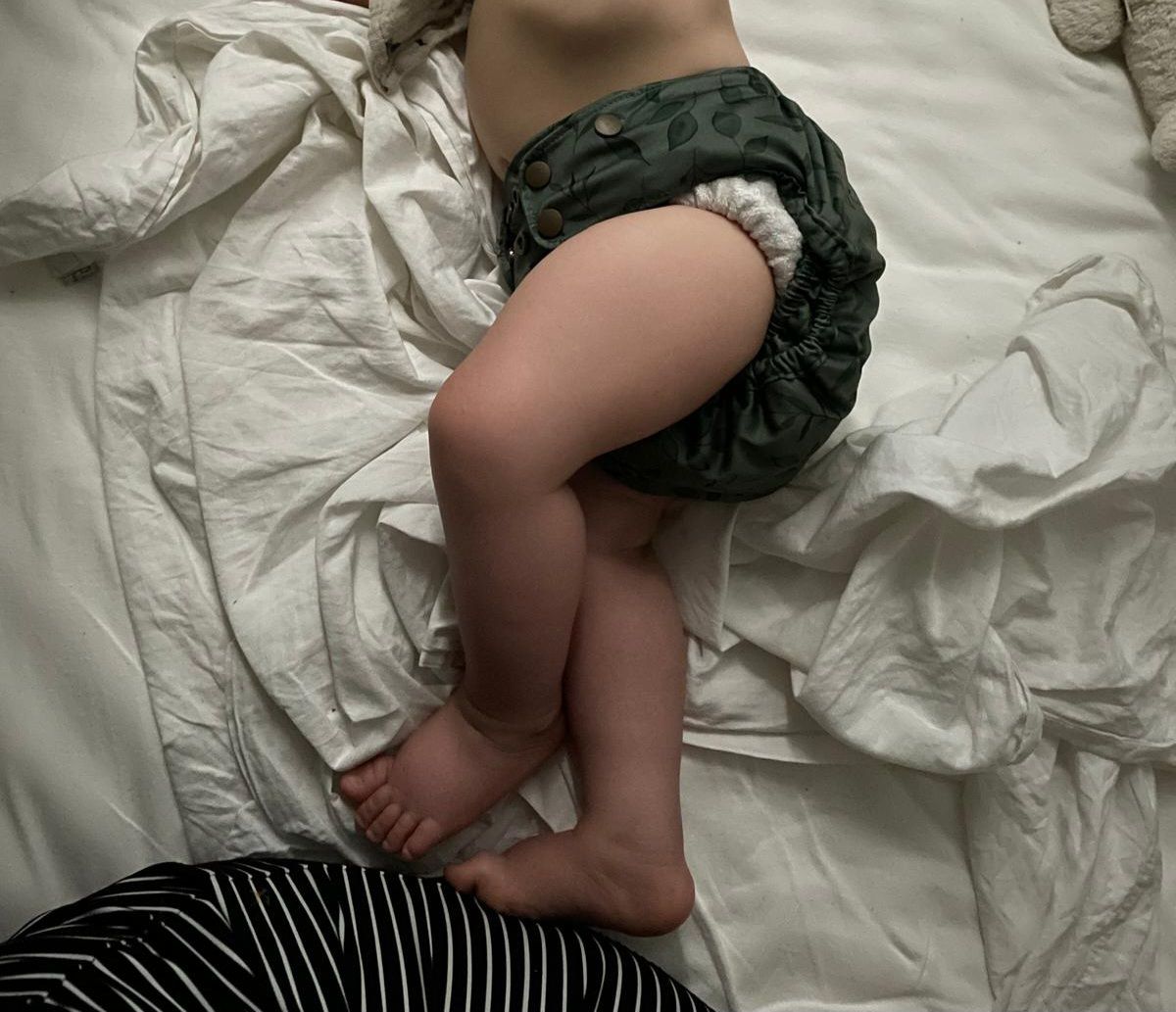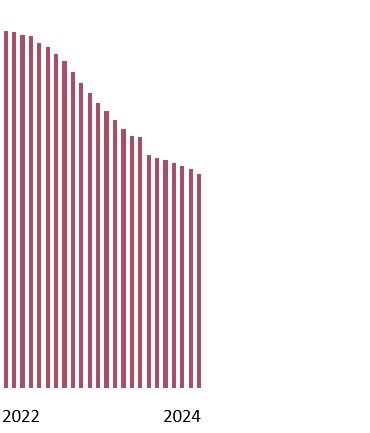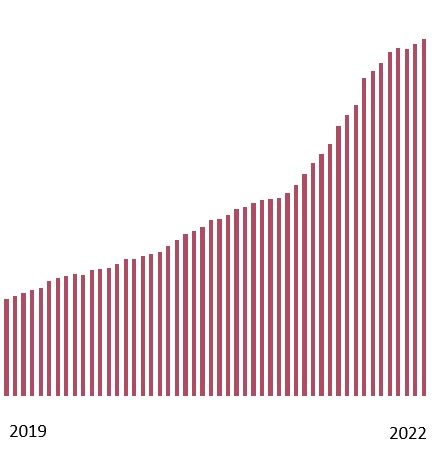Note: Blog contains photos of various types of diaper rash
Unfortunately, rashes in the diaper area of young children are quite common. Sometimes it is a relatively harmless red skin, sometimes it is red pimples and sometimes the bottom of your child looks really bad. A rash in the diaper area, just like a rash elsewhere, can have many causes.
If your child wears disposable diapers, it may be a reaction to the substances used in a disposable diaper. There are often many chemicals in a disposable diaper, which not every child can tolerate. The SAP (Super Absorbent Polymer) granules in disposable diapers can also absorb moisture so well that they often slightly dry out the skin. Skin that is too dry does not feel comfortable and is also prone to infections. While disposable diapers often have similar parts, it may be worth trying a different brand if you have a rash. Eco disposable diapers often contain slightly less chemicals and increase the chance of success.
Sometimes switching to cloth diapers can be a good solution. Especially if you also like the other aspects of reusable diapers. The big advantage of reusable cloth diapers is that they do not contain chemicals, that they are available in 100% natural variants (such as bamboo or (organic) cotton) and that they do not dry out the skin. But a child who wears cloth diapers can also suffer from diaper rash.
Causes of Diaper Rash
-Reaction to dryness/moisture
-Reaction to the material
-Reaction to urine or stool
-Reaction to the detergent
-(Over)sensitivity to certain foods
-Fungal infection
Reaction to dryness/moisture
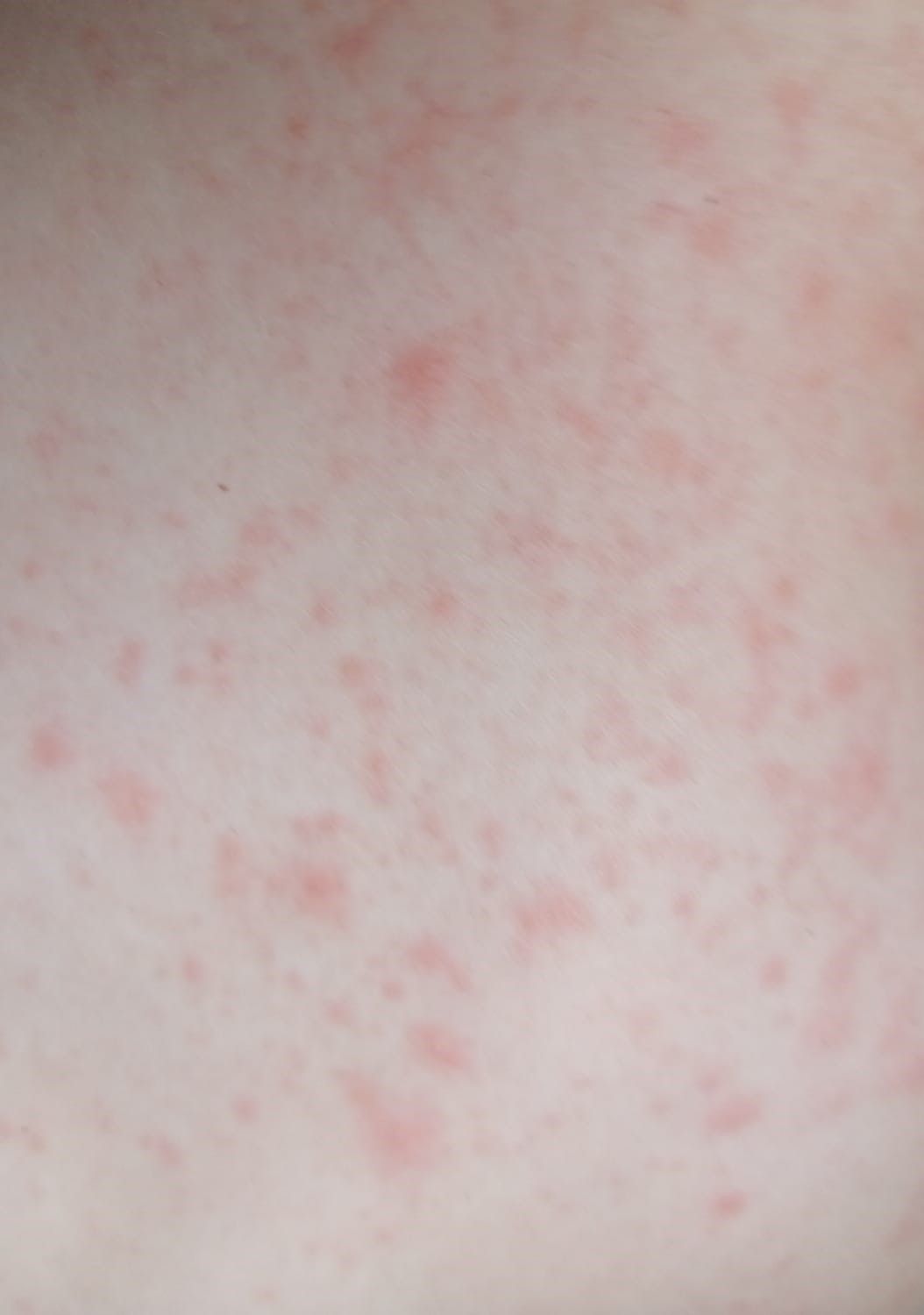
Children's skin can react to an environment that is too dry, as is often the case with disposable diapers. But there are also children who suffer from the much damper feeling of a reusable diaper. If you switch from disposable diapers to cloth diapers, you may see red skin on your child for the first few days. If this lasts longer than two weeks, or if the skin breaks, you can try to see if your child benefits from a somewhat drier skin. You can easily place a micro fleece insert on top of the diaper to give your baby a drier feeling.
Reaction to the material
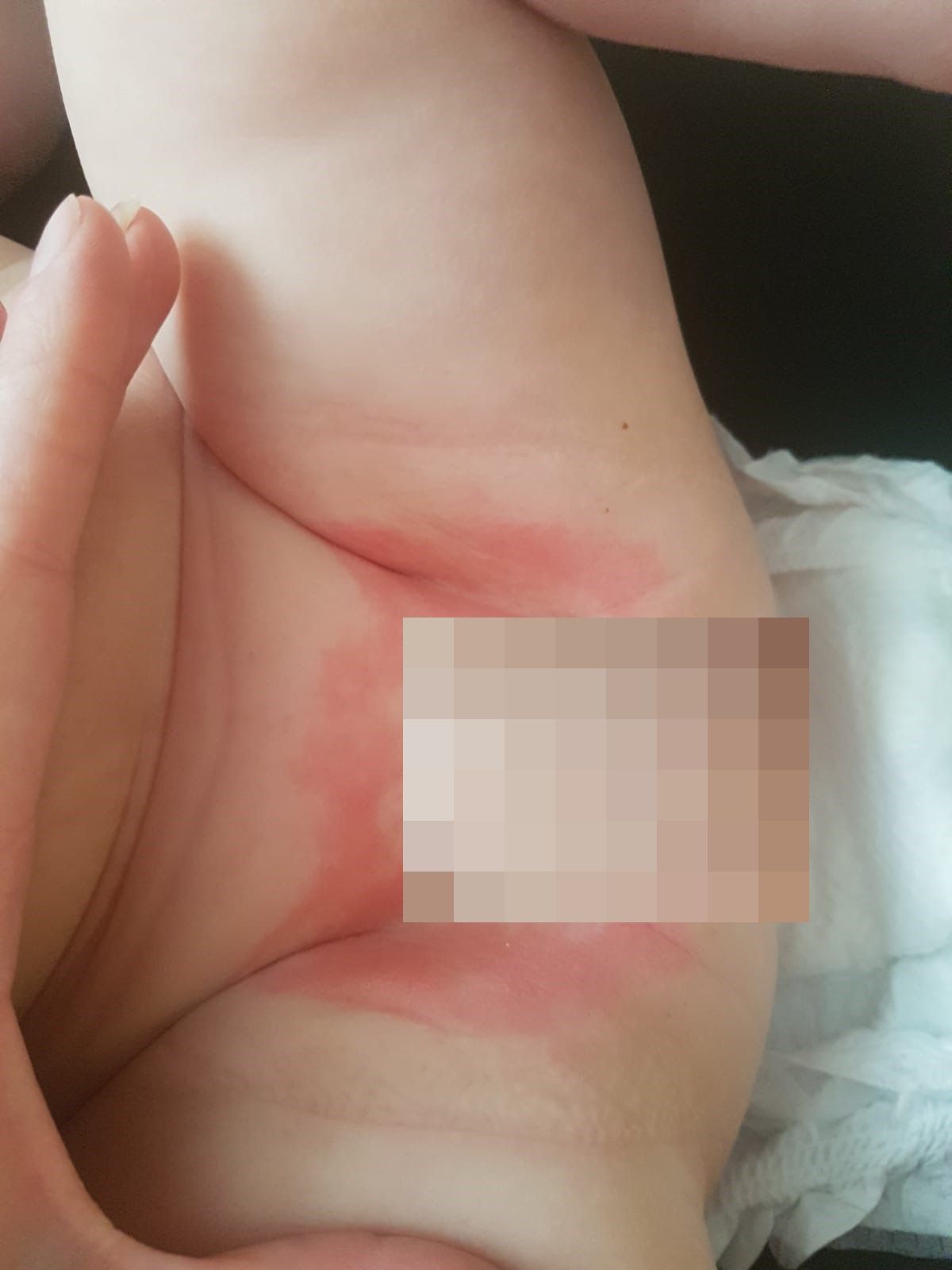
Some children are sensitive or even allergic to certain materials. If your child has a rash for which you cannot easily determine the reason, try a different material for a few days. The first thing to think about is the material that is placed directly against the skin. In the case of disposable diapers, you can try another brand or switch to an Eco brand or a cloth diaper. If you use reusable diapers with an insert, this is the first thing to change. You can simply omit the insert completely for a few days to see if that improves. If the insert seems to be the cause, try a different brand or material. Or switch from a washable insert to a disposable insert, or vice versa.
Reaction to urine or stool
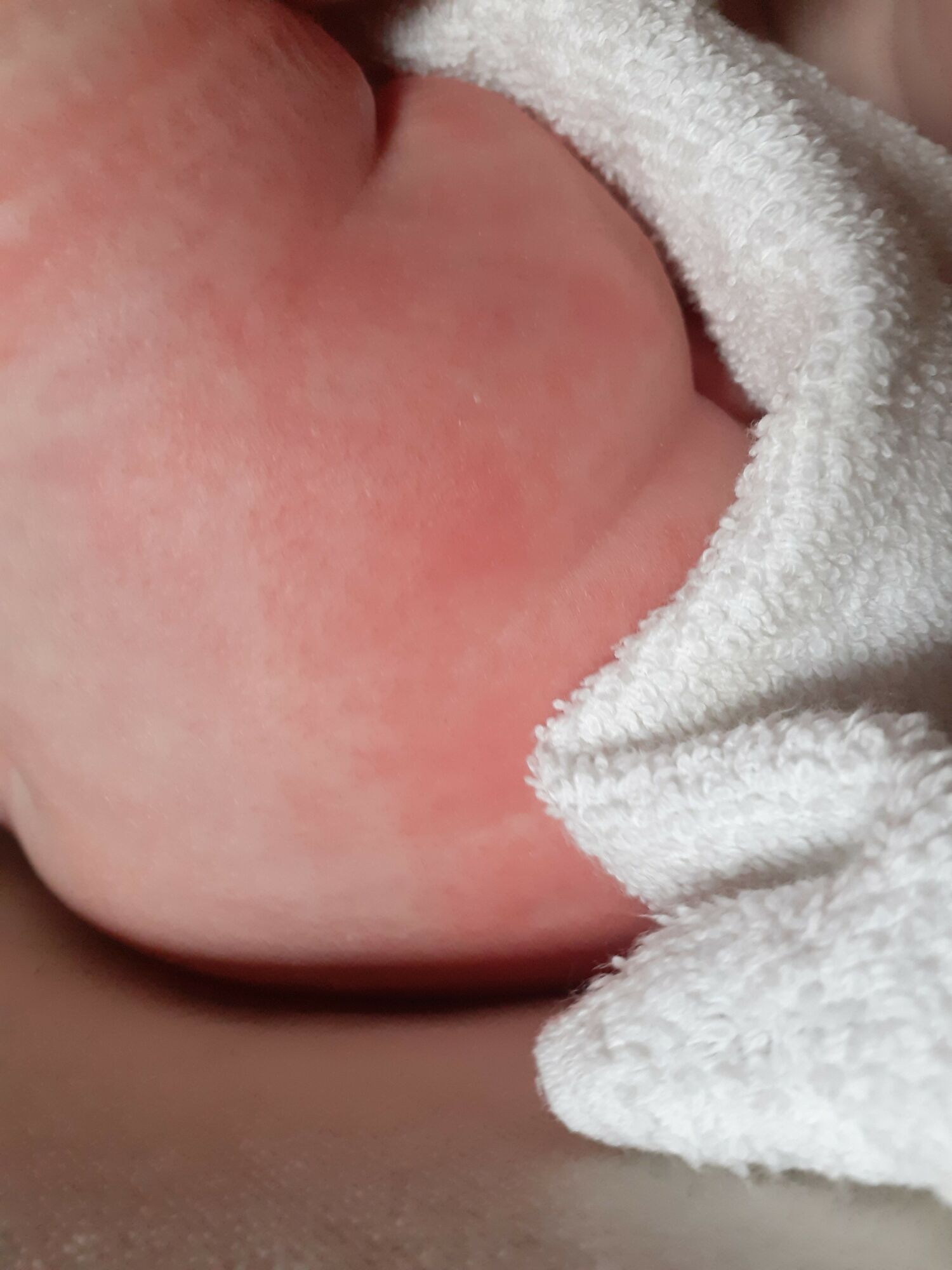
When using disposable diapers, your baby has relatively dry skin, you can see if changing them more often will improve the situation. When using cloth diapers, you can follow the above tips to create a drier feeling, if you feel that your baby is bothered by the wet urine. However, old urine remains often cause much greater problems than fresh urine. Then it is not about the wetness of fresh urine, but about the build-up of old urine residues and their corrosive character. Children can develop a very unpleasant and painful red rash that is also known as 'ammonia burn'. If there is an ammonia burn, there are often other indications of a build-up of dirt. Often diapers with this problem smell of ammonia after just one pee, even if they smell clean when you take them out of the washing machine. The diaper pail often smells very bad and emptying it into the washing machine has become a very unpleasant chore. Sometimes you also notice that the diapers are full much faster, the absorbency is reduced. Diapers that are soiled and show these problems often also show accelerated wear such as faded fabric, holes in the fabric, stretched elastics and other age-related defects. If you suspect that your diapers are not properly clean, read our washing advice page. You can also always contact us if you need help getting your diapers fresh again.
Sometimes you see a change in the stool when a child is teething, for example. This so-called 'tooth stool' can be a bit more acidic and therefore less friendly to the skin. Changing often and leaving a baby in a dirty diaper for as short a time as possible is the best solution. You can also apply a thin, greasy layer of ointment on your baby's bottom.
Reaction to the detergent
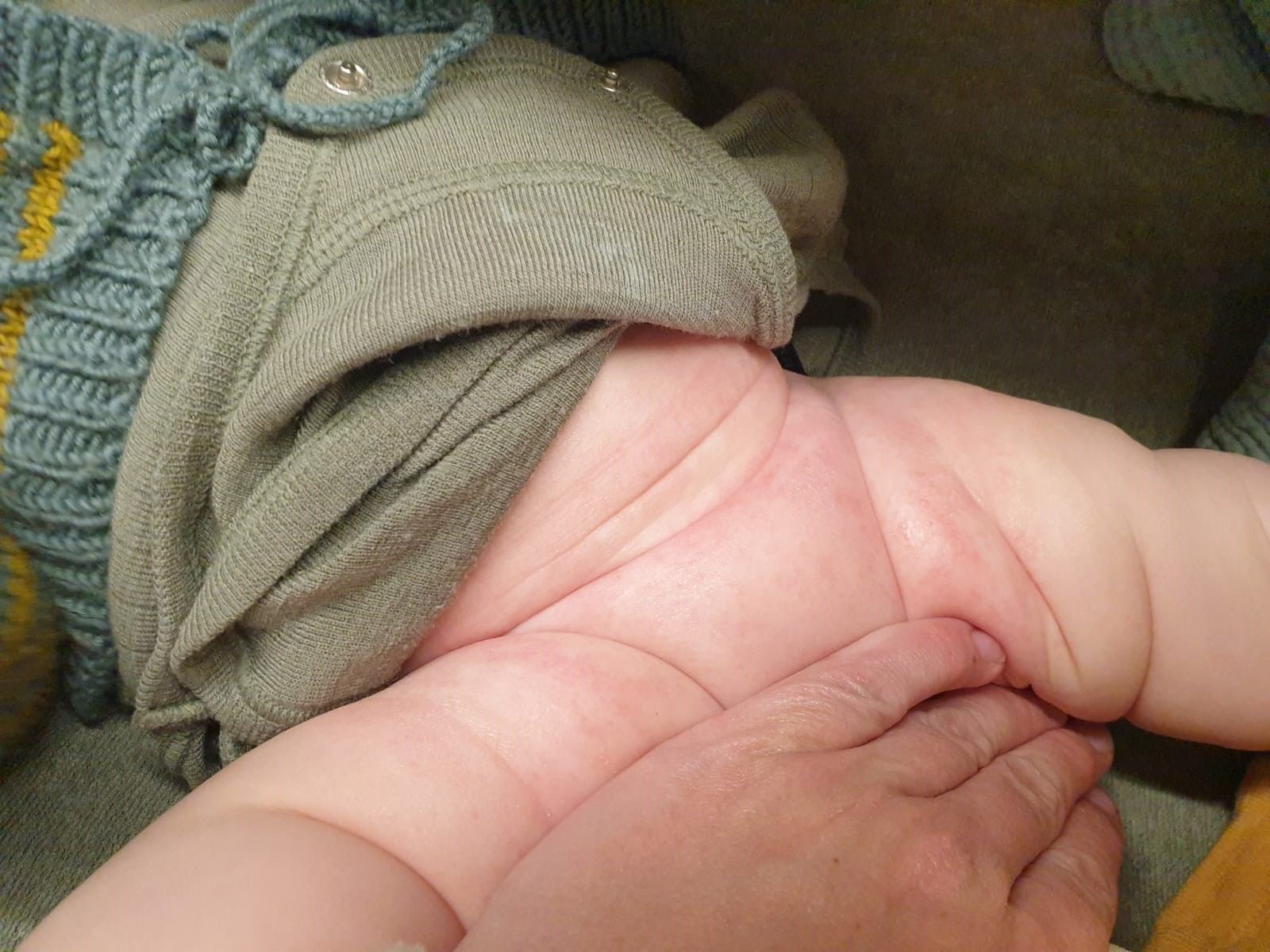
If you use cloth diapers, the detergent can also play a role in causing rashes. If you use the same detergent for the diapers as you do for the clothes, there is not much of a problem here. At least if your child has no other skin problems. If you use a special detergent for the diapers, you can switch to another brand to see if that helps.
(Over)sensitivity to certain foods
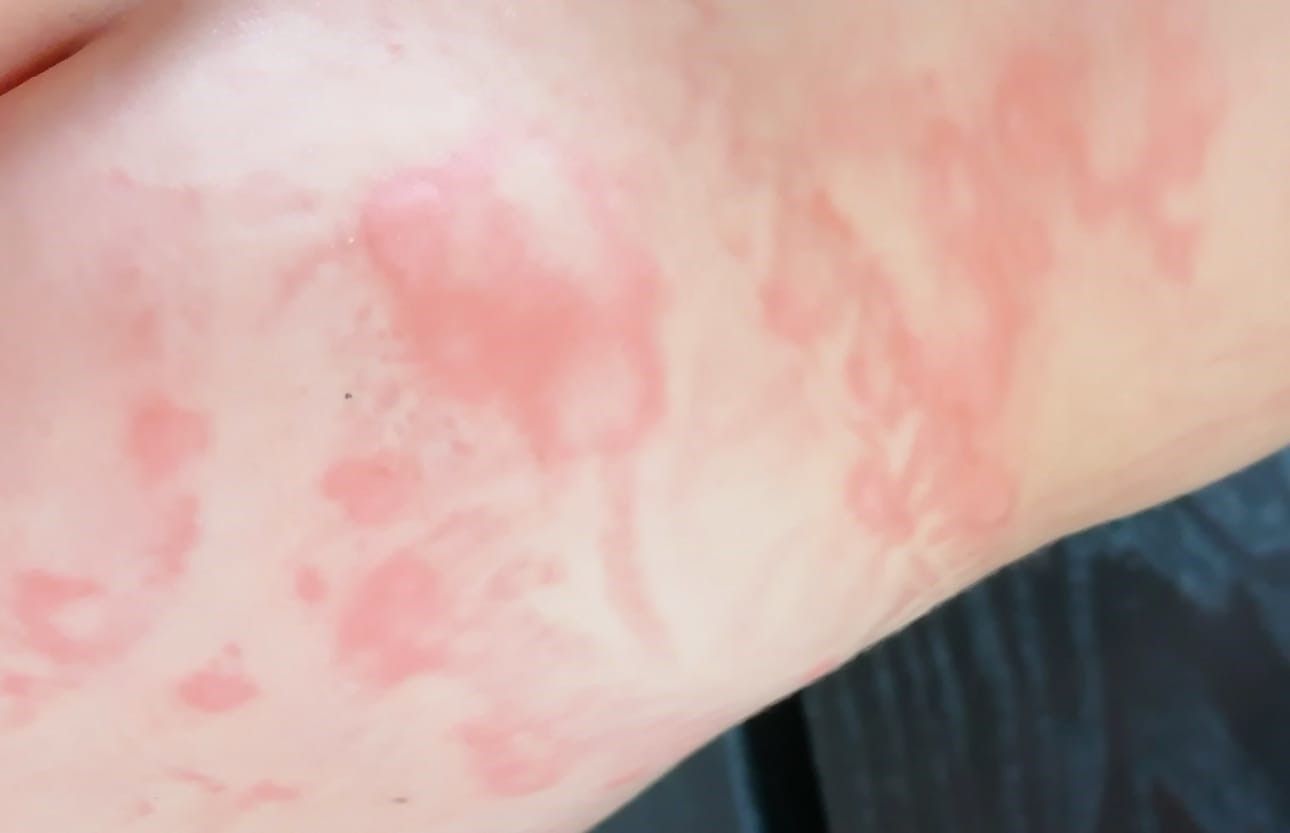
Children who are sensitive or allergic to certain foods may also develop a (diaper) rash. Often these children also have other problems, such as restlessness, cramps, other skin problems and poor sleep. If you suspect a problem in this area, please visit your doctor.
Fungal infection
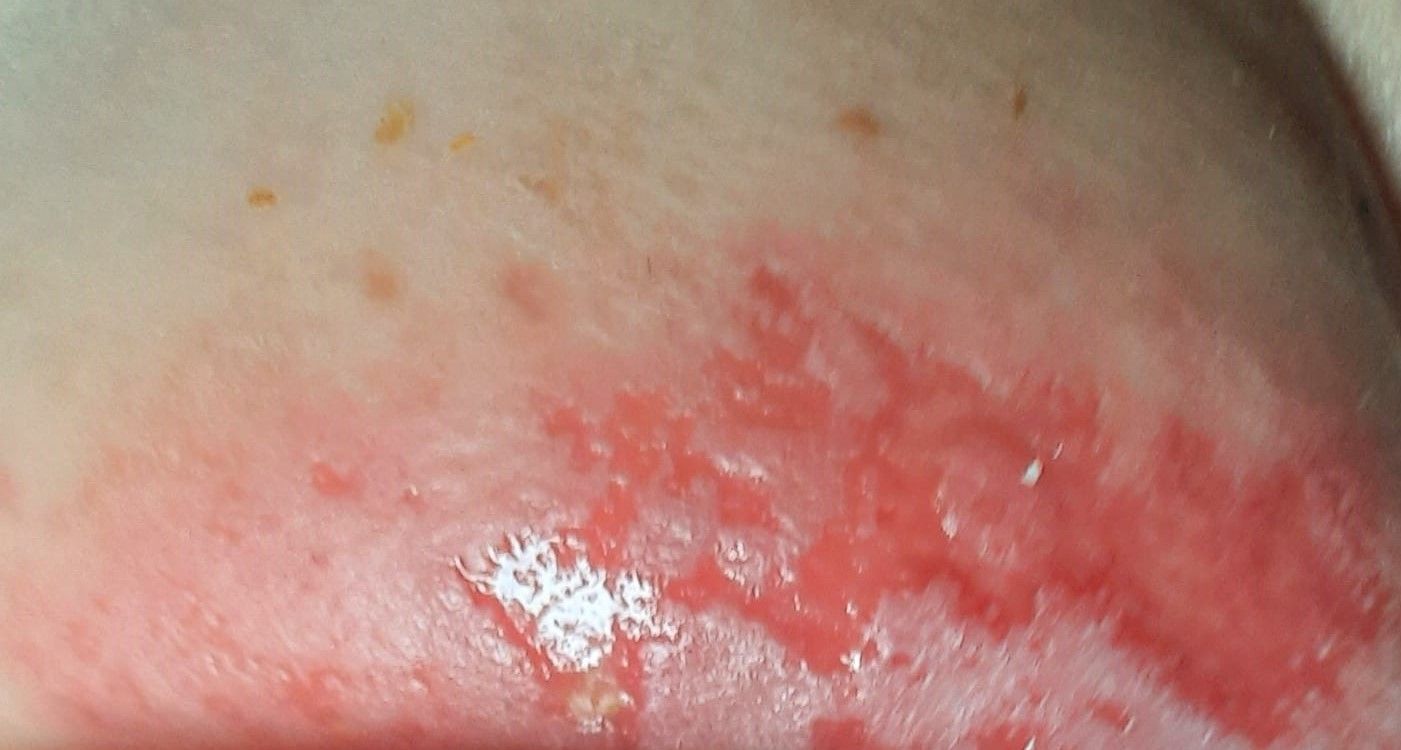
Both children and adults carry fungi on their skin. If a fungus penetrates the skin, an infection develops. This can be caused by a small wound, a chafing spot, a soft / wet skin or by washing too much with soap that affects the natural barrier of the skin. A fungal infection is easy to treat with an ointment that is available through your doctor. It is therefore always wise to visit your doctor in case of a persistent diaper rash for a possible diagnosis and appropriate treatment. If your child appears to have a fungal infection, make sure the cloth diapers are washed well at 60 degrees to kill the fungi. When washing at 40 degrees, most fungi remain alive and the fungal infection is maintained by reusing the diapers. If you use disposable diapers, you don't have to do anything besides treating with a special ointment.
What to do in case of a diaper rash
In addition to finding out the cause, it is also nice to give your child some relief. If the skin is very painful and/or broken, it can help to put a tuft of raw wool in the diaper and, if necessary, apply a thin layer of lanolin. Raw wool is natural sheep's wool that you put between the broken skin and the diaper. This creates a layer of air between the skin and diaper and, moreover, the naturally present lanolin in the raw wool has a soothing and healing effect. You can apply this when using disposable diapers as well as cloth diapers. If your child often has a diaper rash because it has sensitive skin, wool/silk inserts are very pleasant when using washable diapers. These are a bit more gentle on the skin than disposable inserts and fleece inserts. If you prefer not to use animal products, you can also smear some coconut oil or other natural fats on the skin.
Written by Ilka, owner Nappy's.nl


